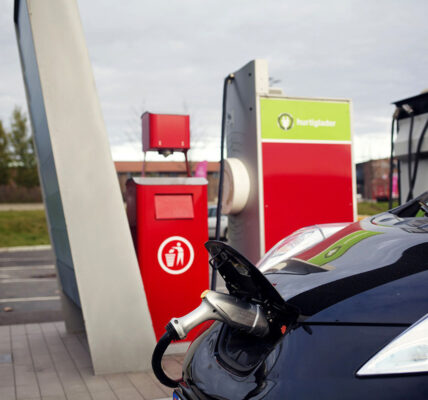Florida residents were encouraged on Monday to move their electric vehicles away from areas that “may be impacted by storm surge”ahead of Tropical Storm Idalia’s arrival.
“We saw a number of fires associated with EVs [electric vehicles] from Hurricane Ian. We know that the saltwater from storm surge can compromise these batteries, causing fires which cannot be easily suppressed. The best fire teams can do is keep water on the battery until the fuel burns out. If you’re evacuating and leaving an EV, or other lithium ion powered devices like scooters or golf carts in your garage, you’re creating a real fire threat for your home, your communities, and first responders,” Florida Chief Financial Officer (CFO) and state Fire Marshal Jimmy Patronis said in a press release.
He added: “Take this threat seriously. If there’s even a small risk of your EV being impacted by storm surge, move it to higher ground before it’s too late.”
The warnings to residents come ahead of Idalia, which is expected to make landfall in parts of Florida in the coming days. The National Weather Service (NWS) in Tampa Bay said that Idalia is expected to be upgraded to a hurricane later on Monday.
“There is a danger of life-threatening storm surge inundation along portions of the Florida Gulf Coast where a Storm Surge Warning is in effect, including Tampa Bay and the Big Bend region of Florida. Inundation of 7 to 11 feet above ground level is expected somewhere between Chassahowitzka and Aucilla River,” the NWS in Tampa Bay wrote in an update on the National Hurricane Center’s (NHC) website.
It continued: “Hurricane conditions are expected within portions of the Hurricane Warning area along the Florida Gulf Coast, with the potential for destructive winds where the core of Idalia moves onshore. Strong winds will also spread inland across portions of northern Florida near the track of the center of Idalia.”







